–Residents of erosion-affected communities predict catastrophic sea invasion

By Jerromie S. Walters
As the dark clouds gather ominously over the horizon, an observable tension fills the air in the slum communities of West Point, New Kru Town, and a few others. For the residents here, the rainy season is not just a change in weather; it is an announcer of despair, a time when their greatest fears come to life. Erosion, relentless and unforgiving, has become a cruel companion, haunting their every waking moment.
For the families who live here, the arrival of rain signals a battle against nature—a battle they often feel ill-equipped to fight. Emmanuel M. Johnson, a fisherman in West Point, stands at the threshold of his home, watching the water rise inch by inch. “We can be affected to the extent that sometimes when we are at home, the water can takeover our area,” he explained. Emmanuel noted that residents often resort to using dirt to combat the erosion.
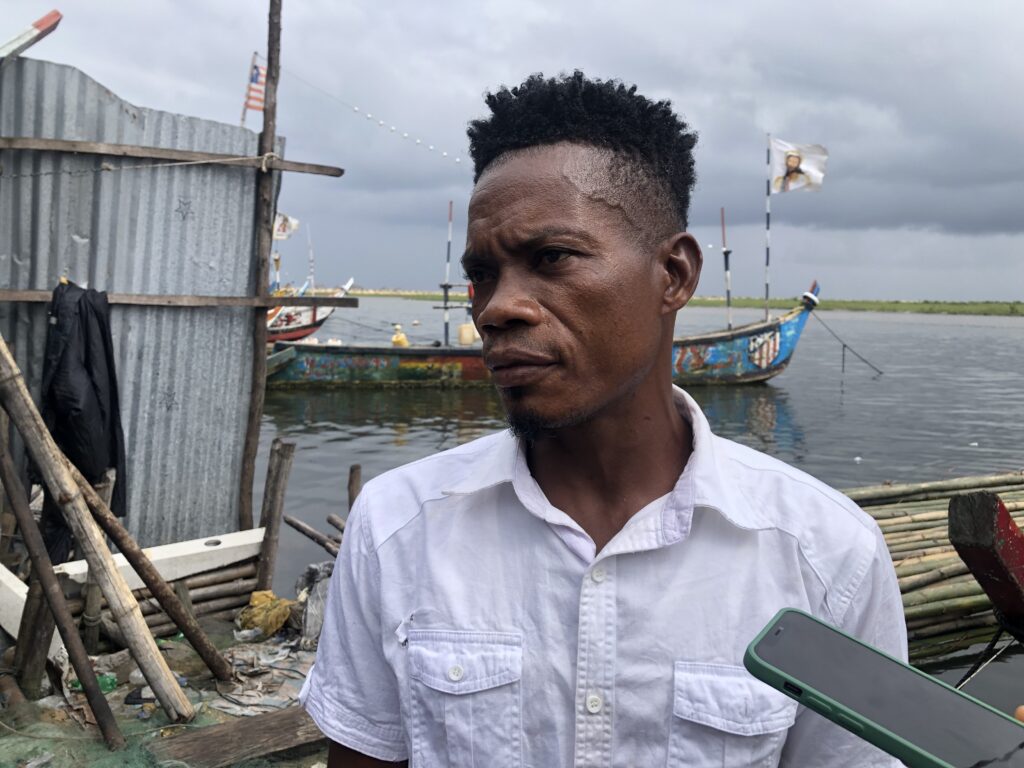
The township of West Point is situated along the Atlantic Coast deep in the heart of Liberia’s Capital, Monrovia. It is home to over 60,000 people of diverse backgrounds but gradually being swept away by the sea due to erosion. This has led to a reduction in its size, while its population continues to grow. Like West Point, the Borough of New Kru expands from the Bong Mines Bridge to the St. Paul Bridge with a significant portion along the coast. The Borough has a population of approximately 150,000, residents, while authorities say around 15,000 people have been affected by erosion.
For mothers like Joanna Arpu, a long-time resident of West Point, the downpour is a reminder of the fragility of their existence. After spending over 30 years in the area, she lamented, “The water is not easy here. It floods my yard regularly. We need them to fix the sea mouth because the erosion is bad. Every year, people are dying; this year, one person died, but we didn’t find the body.”
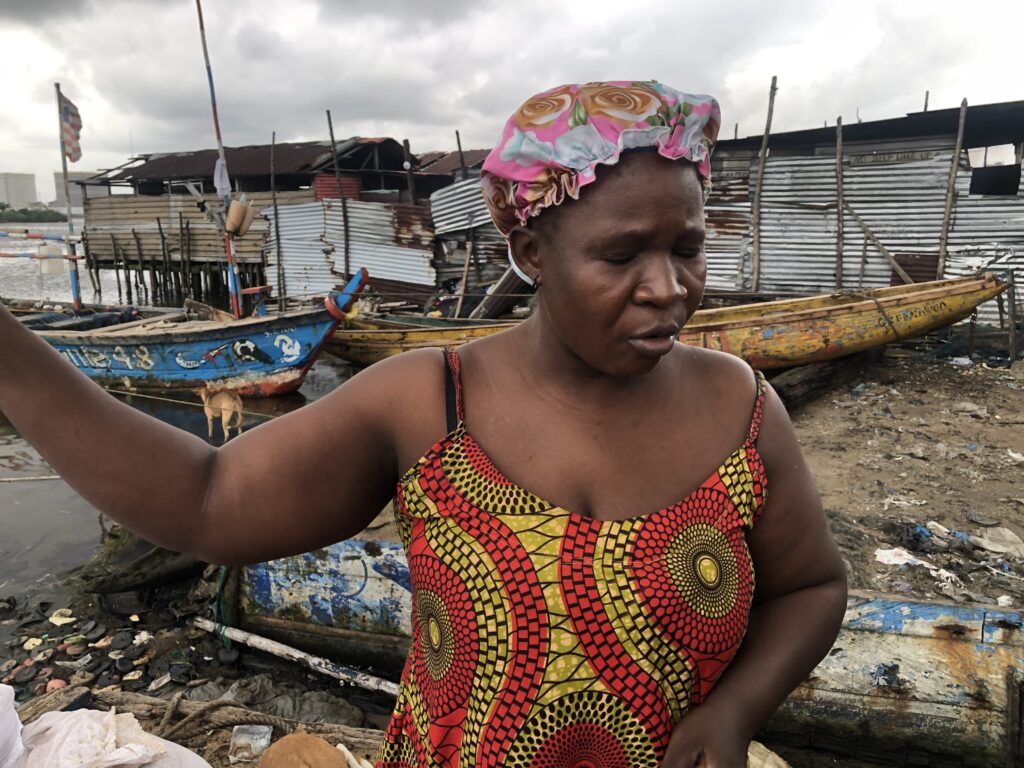
Coastal erosion is the process by which local sea level rise, strong wave action, and coastal flooding wear down or carry away rocks, soils, and/or sands along the coast. It is attributed to climate change that’s often natural or prompted by human activities. As coastal erosion continues to threaten homes and livelihoods in both areas and scores of other areas in and out of Montserrado County, residents remain concerned as they call for immediate action from the government.
West Point Township Commissioner McPhearson Daweh brands the situation as a “Nightmare”. If care is not taken, he foresees a more severe disaster for the people of West Point. Daweh emphasizes the dire situation, stating, “Erosion is a nightmare for our residents. It has serious repercussions for our fishing community and has led to the destruction of homes, leaving many people homeless.”
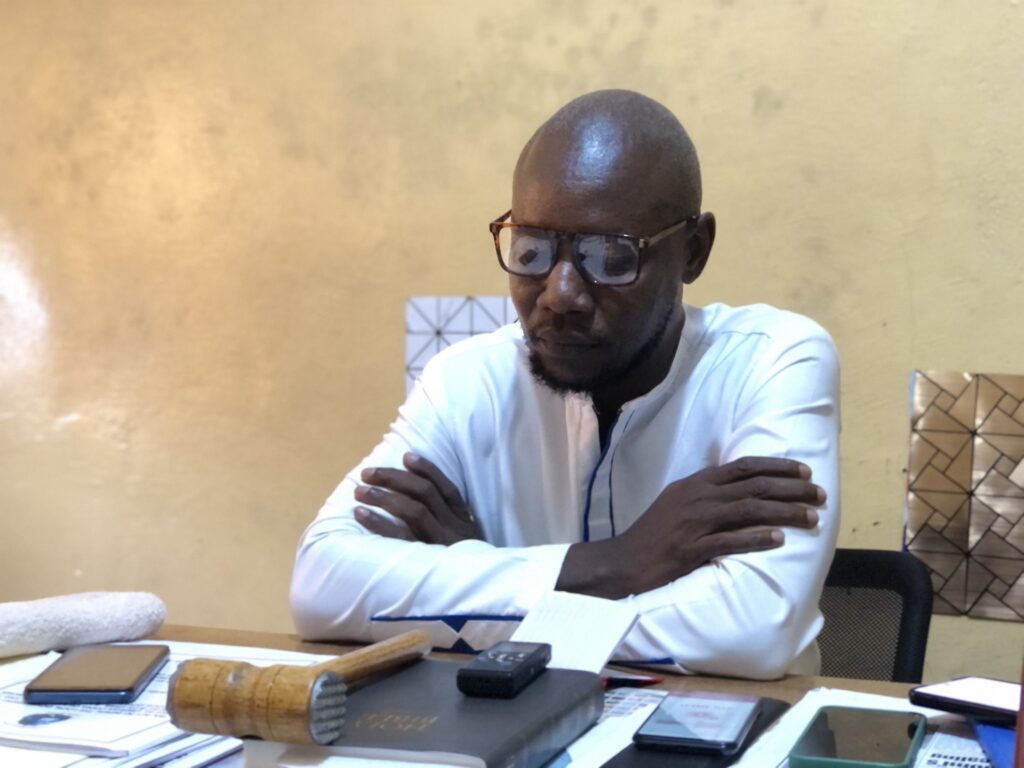
The impact of erosion in West Point is not just an environmental issue; it has profound social and economic implications. The fishing community, a vital part of the local economy, is particularly affected, facing embarrassment and loss as their livelihoods are jeopardized by the encroaching waters.
Commissioner Daweh called for immediate action, and highlighted that “coastal defense is long overdue.” He urged the government and stakeholders to expedite the coastal defense project, as he emphasized the need for swift implementation to protect the community from further damage. Similar to the residents’ opinion, experts acknowledged the severity of the situation of erosion in these communities and noted that the worse might surface in the next ten years if it is not timely addressed.
The Liberian government and UNDP launched a US$ 2.9 million Coastal Defense Project in 2010, titled “Enhancing Resilience of Vulnerable Coastal Areas to Climate Change Risks in Liberia in 2010”. It targeted three counties: Grand Cape Mount, Montserrado, and Grand Bassa. The project aimed to reduce the vulnerability of local communities and build resilience of socio-economic sectors to withstand the threats of climate change in the three counties. Unfortunately, it remains at a standstill.
In March 2021, the Green Climate Fund (GCF) approved US$25.6 million under the Monrovia Metropolitan Climate Resilience Project to remedy the continuous coastal problem faced by Liberia and build the resilience of residents of affected communities. GCF was intended to provide US$17.2 million while US$8.3million will come from the Liberian government and UNDP.
The project aimed to enhance the resiliency of vulnerable coastal communities to climate-induced sea-level rise by constructing coastal defense structures, developing a coastal zone management plan, and supporting livelihood diversification in West Point and its environs. Over 1,050 meters of revetment will be built.

West Point is one of the hard-hit coastal communities in the sub-burg of Monrovia. In the past, more than 700 homes were affected by sea erosion, thus leaving more than 6,000 people homeless. The project was expected to begin with 1.3 million people estimated to benefit. However, hundreds of residents of West Point continue to suffer the undue effects of erosion.
In the heart of New Kru Town, Esther Seton who has lived in the Borough for over twenty years recalls the day the sea claimed her childhood home. “The sea drove me from my previous home. The first time the erosion hit, it carried away all the houses, so I had to rent another place,” she said, recalling the incident that occurred over two years ago.
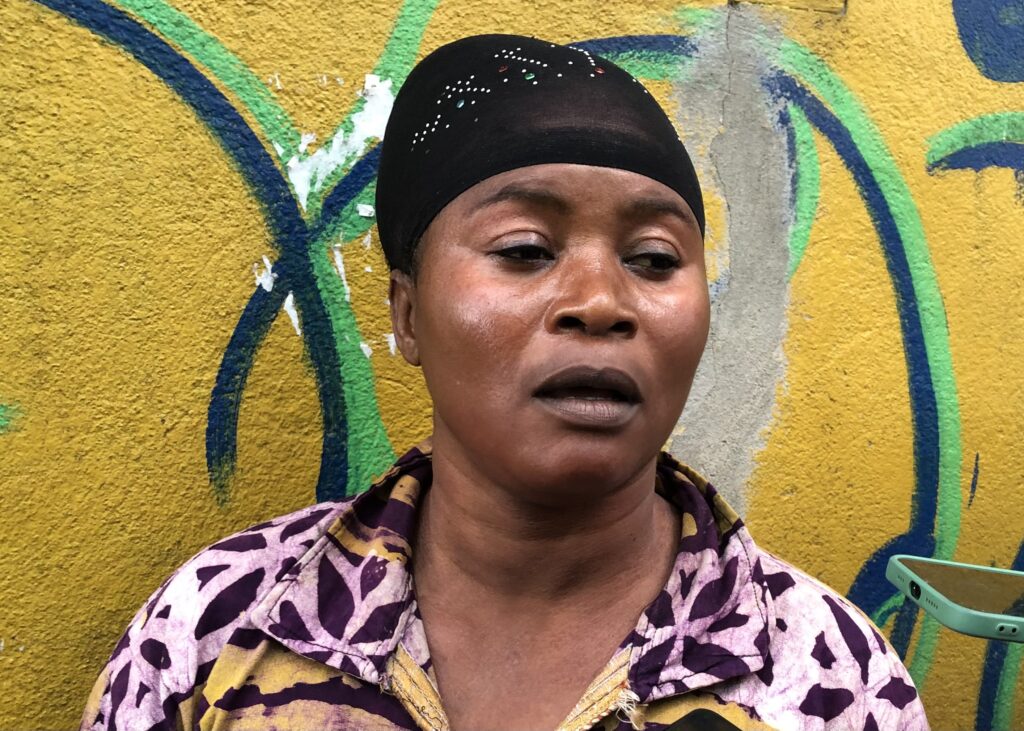
The house she lost belonged to her late mother. “The sea is still encroaching. Just recently, it entered some people’s homes. The government needs to add more rocks to the shoreline. If they raise the rocks a little, it would help because right now, the water is passing over them.”
In 2018, the government of Liberia and the United Nations Development Program launched phase two of the project worth US$ 2 million, which saw the completion of a stretch of 500 meters of seawall along the shoreline of New Kru Town, the home of over 20,000 people.
Buster Chea, a resident of Florida Community in New KruTown, shared a similar story. “The water carried my house away in 2007, and since then, I’ve been renting a small apartment. The situation continues because the government has not acted on our recommendations. We advised them to build erosion-resistant barriers further from the mainland, similar to what they did at Freeport.”

Like Chea, Moses Weah, the Governor of New Kru Town, addressed the growing crisis, stating, “The Borough is being greatly affected by the sea and at this time we want to appeal to the government, President Joseph Nyuma Boakai, and the international community to come to our aid (The Borough) because lots of homes are being broken by the sea erosion.”

He estimated that out of a population of approximately 150,000, around 15,000 people have been directly impacted by the erosion. “If you are looking at the population of the entire Borough is about 150, 000,000 from Bong Mines Bridge to St. Paul Bridge. Let’s say 15,000 people have been affected in the Borough.” He added, “Even the Redemption Hospital if it was not for the blocking of the sea, we would have no more have Redemption Hospital”
He also highlighted the need for stricter regulations regarding beach access. “People used to go on the beach sometimes to undermine (Digging sand) but because of this (erosion) we stopped everything. Nobody should go on the beach and nobody should do anything else on the beach because of the erosion. We don’t allow anybody. If we see anybody going on the beach to get anything from there we arrest you. We put a stop to everything and we even have security there. They are there and working. They are in clean clothes and they are watching everything where.
While Weah praised previous administrations for their efforts in providing rocks to combat erosion, he urged the current government to increase these efforts to mitigate the ongoing crisis. In September of last year, hundreds of Kru Town Communities residents in Robert Sports were made homeless by the sea erosion. This came ahead of the launch of a new coastal defense project in Sinoe County worth US$10 million by the government and partners.
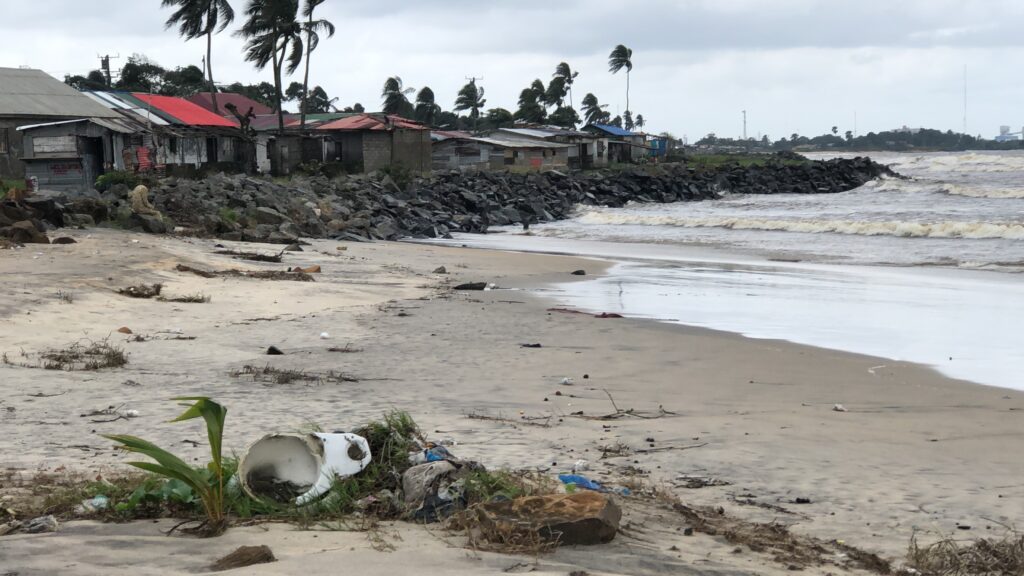
The Green Climate Fund (GFC), an international donor fund designed to help low-income countries adapt to climate change, was to fund the bulk of the costs – $ US17.2 million. The United Nations Development Fund was to pay $US1.6m. The Liberian government was to pay $6.8m. However, that was never done. UNDP Deputy Resident Representative, Louis Kuukpen noted that only a minor portion of said fund was made available.
Kuukpen: “$50,000 initial co-financing has been provided by the government through the EPA and high-level discussions are ongoing with the MoFDP (Ministry of Finance Development and Planning, EPA (Environmental Protection Agency) and UNDP for the government co-financing.”
The Environmental Protect Agency of Liberia (EPA) is the regulatory Institution of the Government of Liberia for the sustainable management of the environment and its natural resources. The EPA has an allotment of 1,954,466 million in the 2024, national budget. In response to these inquiries, the EPA has mentioned lack of adequate resources.
The Agency was established by an act of the Legislature November 26, 2002, and published into handbill on April 30, 2003. The EPA operates on three basic legal Instruments: The National Environmental Policy (NEP), The Environmental Management and Protection Law of Liberia and the Act Creating the Environmental Protection Agency.
Commitment to a safe environment
In terms of climate change or environment generally, Liberia is a party to the United Nations Framework Convention on Climate Change (UNFCCC) and the Kyoto Protocol by ratifying in 2002. In 2015, Liberia signed The Doha Amendment. Subsequently, the country also signed The Paris Climate Change Agreement in 2016. These are protocols that endeavor to combat the consequences of climate change.
Moreover, Liberia is currently Party to at least 10 multilateral environmental agreements which include: the Convention on International Trade in Endangered Species of Wild Fauna and Flora (CITES); the United Nations Convention on Biological Diversity (CBD) Cartagena Protocol on Biosafety; and Ramsar Convention on Wetlands of International Importance.
Others are the UN Framework Convention on Climate Change (UNFCCC); the Kyoto Protocol on Climate Change; the Convention on Migratory Species (CMS); Montreal Protocol on Ozone Depleting Substances.



